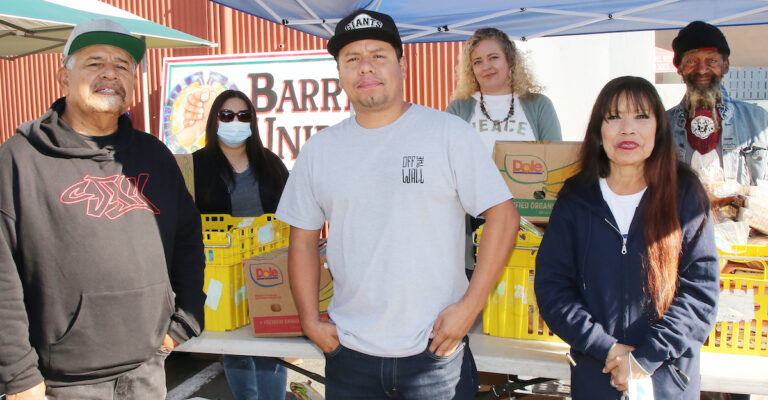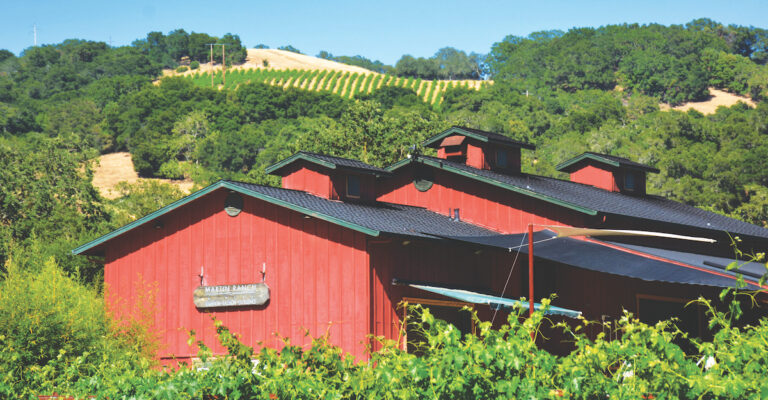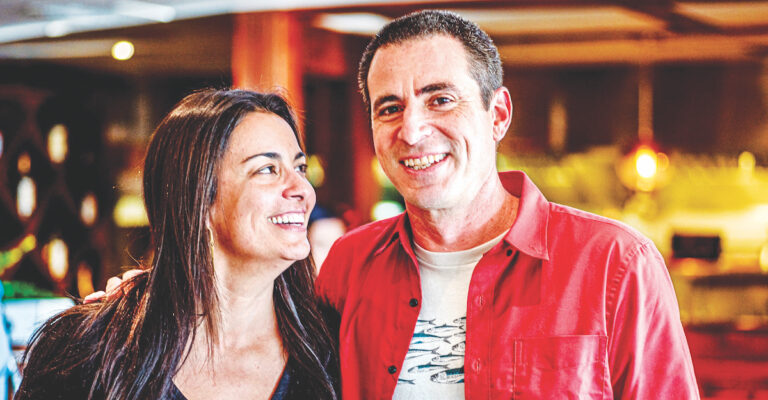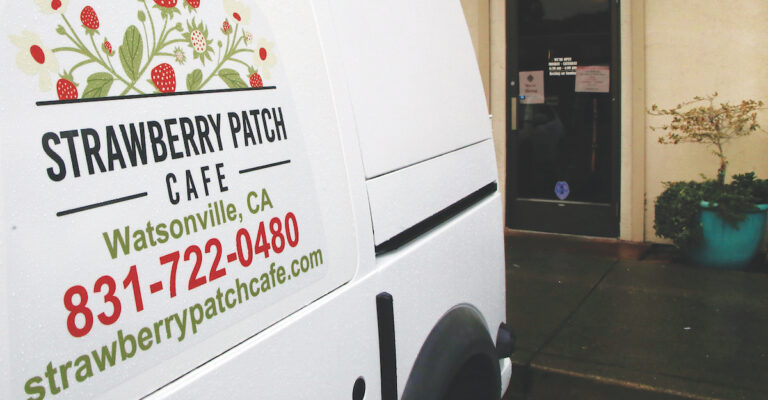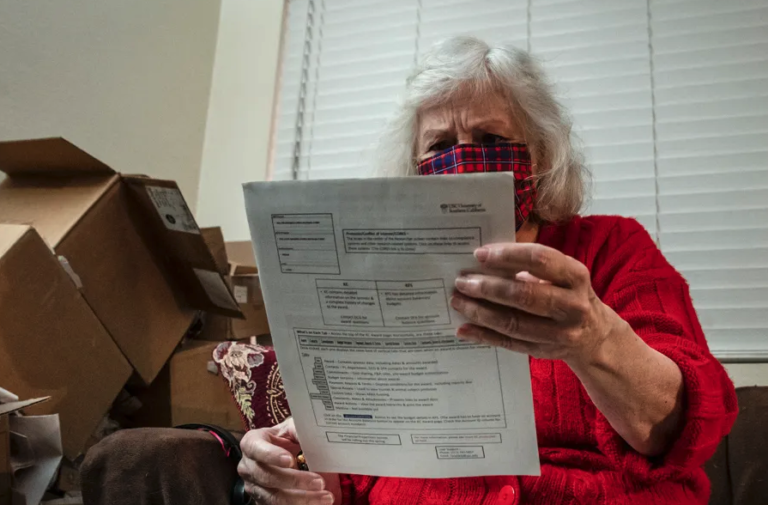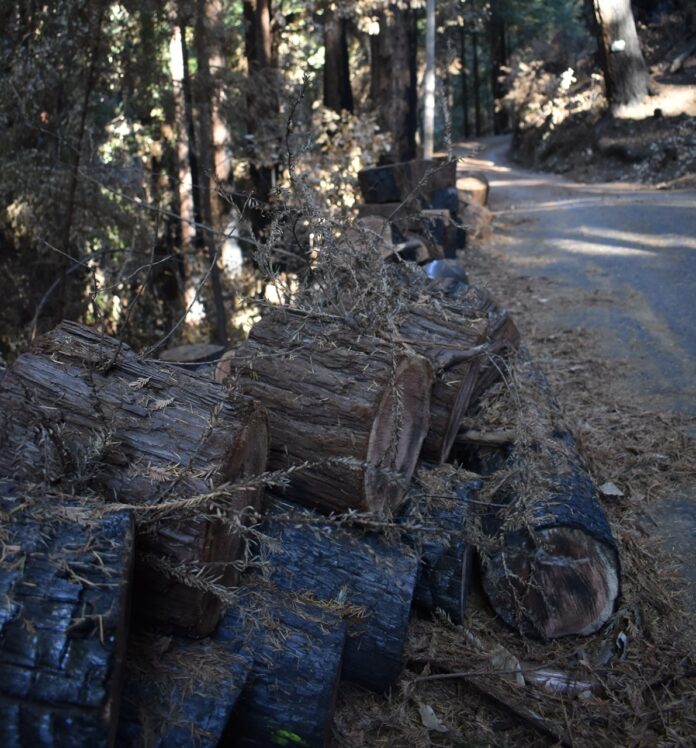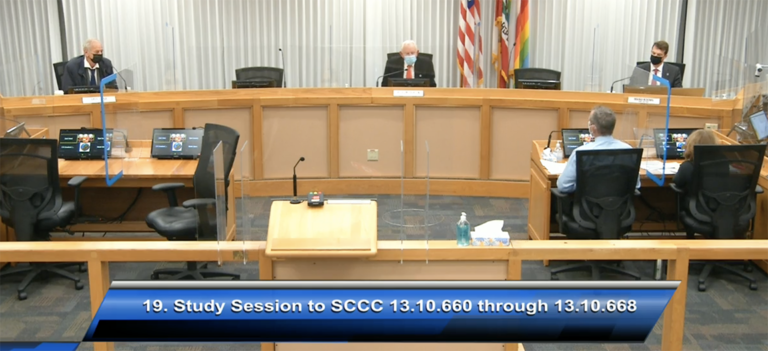When Daniel “Nane” Alejandrez returned home from the Vietnam War in the 1970s, he says that it was clear that his true fight had just begun.
“It seemed like I came from one war to another one,” Alejandrez says.
A son of migrant farmworkers from Texas who was born in a cotton field in Merigold, Mississippi, Alejandrez says violence and poverty among the Chicano population in his eventual hometown of Fresno had reached a dangerous tipping point. And after he arrived in Santa Cruz with hopes of earning a film degree at UCSC, Alejandrez says he remembers seeing the same violence around Santa Cruz County’s Chicanos.
It was clear then that if anything was going to improve in the community, he says, the change would need to come from within.
“We knew that no one was coming to our communities,” he says. “We had to rise ourselves.”
Alejandrez is the executive director of Barrios Unidos, a nonprofit he first started as a volunteer organization in 1977, and then officially incorporated in 1993. For more than 40 years, Barrios Unidos has helped tackle the social issues affecting Santa Cruz County’s Latinx youth, while also playing a key role in the move toward restorative justice in this area and beyond.
Barrios Unidos, which at a time had 27 chapters throughout the nation, does this through preventive programs offered at its headquarters in Santa Cruz, dubbed The Spot. There the organization offers afterschool programs, a food pantry and job training through its silkscreen business, recording studio and tiny-home project in which youth are taught how to construct the small houses.
It also does the work that many organizations would not: working with incarcerated individuals—both youth and adult offenders—that society has allowed to fall through the cracks. On top of steering youth in juvenile hall away from a life behind bars, Barrios Unidos offers an adult ReEntry program and Prison Project that addresses recidivism by dealing with one of the largest root causes of crime: a lacking support system.
Alejandrez says that at a recent visit to Soledad State Prison, Barrios Unidos had some 40 men graduate as “Peace Warriors,” taking an oath of nonviolence. The graduates, Alejandrez says, had been in prison for as long as 46 years.
“All those men at some point didn’t have someone in their lives as kids, and they made wrong decisions, or they were involved in the wrong things,” he says. “And they all said, ‘If we had somebody like you guys, it would’ve made a difference.’”
Participating in Santa Cruz Gives for the first time in the holiday crowdsourcing campaign’s seven-year run, Barrios Unidos aims to make a bigger difference in 2022. The organization’s “Big Idea” for the upcoming year is “Santa Cruz Cares for Kids,” an initiative that would build on the nonprofit’s popular after-school program for children ages 5-17.
Barrios Unidos’ youth offerings are unique. The organization not only provides a safe place for kids, but also emphasizes cultural teachings that are sometimes not passed down from the previous generation because of split households. Alejandrez says Barrios Unidos helps these young people, the majority of whom are Latinx, reconnect with their roots.
“You have to teach that, you have to keep that alive so they feel proud of who they are and they know who they are,” Alejandrez says.
It’s this pride in what Barrios Unidos calls the “authentic self,” Alejandrez argues, that will ultimately bring about change in the Latinx community. It’s not lost on him that the majority of kids in juvenile hall are Latinx residents from Watsonville, and that the county’s jail population is 58% Latinx. In contrast, he says, there are few Latinx people that hold key positions of power in the county.
“There’s an inequity there that needs to be addressed, and if we start educating our young kids in a safe place to look at that dream and say, ‘One of these days, I’m going to be the district attorney or the judge in this county,’ then we’ll start to see real change,” he says.
Alejandrez’s impact on the community and his impressive resume could serve as inspiration for young people, too. He’s been mentored by Harry Belafonte, Delores Huerta and Danny Glover. He’s also traveled to Columbia, El Salvador, Kenya and Tanzania to share his teachings. In addition, he’s spoken to the United Nations multiple times about Barrios Unidos’ work, and was most recently awarded the Chief Justice Earl Warren Civil Liberties Award, an honor that has gone to the likes of Thurgood Marshall and Rosa Parks.
Even more rewarding, Alejandrez says, is seeing some of Barrios Unidos’ alumni now leading organizations throughout the country.
“This community has given me and my family so much,” he says. “I have to give back.”
But his work is far from over, and in many ways, the battle he took up some 44 years ago has only become tougher because of the ongoing housing crisis and the economic downturn as a result of the pandemic.
“We have to give a way for our young people that were born and raised in this county, whether it be Watsonville or Santa Cruz, a way to be able to stay here,” he says. “In the long run, that’s what we’re trying to create in Barrios. We can have a place for kids, we can have teachings for the community and we can have housing. But we can’t do it alone. That’s why we need the community to step up.”
Creating Links
In today’s nonstop, now-now-now world, a stagnant list of potential jobs seems counterintuitive for an organization that prides itself on quickly linking young people to career opportunities and training. So when Yvette Brooks came aboard as Your Future Is Our Business’ (YFIOB) executive director just a few months ago, her goal was to fill the gaps still present in the nonprofit’s wide-ranging web connecting local schools with employers.
To do this, YFIOB, with the help of Santa Cruz Gives, plans to establish an online platform that would house vital information about prospective employers. Their “Big Idea” would connect schools and businesses, and give teachers access to career-based curriculum, business and community opportunities for students. It would also house virtual tours of companies and other tools for use in curriculum.
The idea is, Brooks says, to remove as many barriers as possible for teachers hoping to expose their students to the career possibilities available in their own backyard.
“We have to evolve with the times, and it’s so imperative to support students in providing workplace learning opportunities—and as many as possible,” she says. “For me, growing up I was taught that you go to college, you graduate and find a job for that career you went to college for and that was it. But, in reality, most of us have 10, 20, 30 jobs in our lifetime. It’s organizations like these who tell kids that there’s so much opportunity out there, explore them all, let me help you explore them all.”
Since 1993, YFIOB has worked to provide every Santa Cruz County student with opportunities to discover a fulfilling and successful career by partnering with local school districts and local employers. Through their countywide network of community leaders and businesses, they host monthly career panels and expos at various schools and give students real-world experience along with advice on career paths.
Future leaders
Peer pressure doesn’t have to be a bad thing. In fact, the local chapter of Girls Inc. hopes to harness it to address drug and alcohol abuse in young girls.
Their “Big Idea” for this year’s Santa Cruz Gives campaign is a “Friendly PEERsuasion program” in which they train seventh-grade girls (ages 11-14) to improve their decision-making, assertiveness and communication. They also practice walking away from situations where they feel pressured to use alcohol or drugs. Those girls, in turn, will work with fourth- and fifth-grade girls (ages 6-10) as role models and leaders, guiding activities that help avoid girls’ use of harmful substances, especially by giving them skills to refuse and walk away.
“It’s a beautiful way that we can build leaders amongst all different girls,” said Deanna Zachary, a donor relations officer with Girls Inc. of the Central Coast.
That organization has been around since 1999 and currently pairs some 1,700 young girls with mentors that inspire them to pursue secondary education, develop leadership and decision-making skills and serve their communities.
They do that in several ways, including the organization’s summer camp at UCSC, in which the girls stay in the dorms at the university. Zachary says it’s a life-changing experience for several girls, the vast majority of which are girls of color (some 90% Zachary says) who have grown up believing a college education is out of their reach.
“A lot of our girls are the first generation to go to college and the first generation to have a career,” Zachary says.
Safe future
As Santa Cruz County—and the greater state of California—continues to embrace the move toward pedestrian- and bike-friendly communities, it is essential that the next generation of commuters know how to properly navigate the roadways safely, says Kirsten Liske, vice president of community programs at Ecology Action.
That nonprofit’s “Big Idea” hopes to address that issue. Its initiative, “Youth Pedestrian + Bicycle Safety Education for All,” aims to bring its cutting-edge school-based bike and pedestrian safety skills programs to all second- and fifth-grade students in the county. The second-graders would undergo Ecology Action’s Walk Smart program while the older students would get the Bike Smart program.
“What that’s gonna do is reduce the disproportionately high youth fatality and injury rate that cities like Watsonville have for bike and pedestrian [collisions], and then … if kids are biking and walking more, even if it’s not to school, they’re in better health,” Liske says.
Ecology Action, established in 1970, has for years helped communities slowly transition away from car-centric commute patterns by helping them construct action plans that they, in turn, use to gather state and federal funding to implement road alterations promoting environmental sustainability.
Santa Cruz Gives is presented by Good Times in partnership with the Volunteer Center of Santa Cruz County and with support from the Community Foundation of Santa Cruz County, The Applewood Fund, the Bud & Rebecca Colligan Fund, The Joe Collins Fund, Driscoll’s, Inc., Santa Cruz County Bank, Wynn Capital Management, Oswald Restaurant, the Pajaronian and the Press Banner. For a list of all nonprofits and to donate, visit santacruzgives.org.


